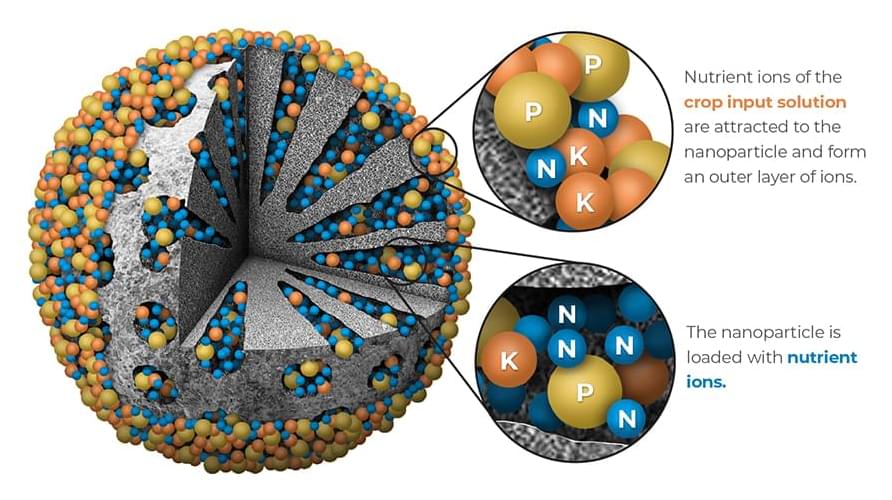Jun 19, 2024
Physicists find a new way to represent π
Posted by Saúl Morales Rodriguéz in categories: particle physics, quantum physics
While investigating how string theory can be used to explain certain physical phenomena, scientists at the Indian Institute of Science (IISc) have stumbled upon on a new series representation for the irrational number π. It provides an easier way to extract π from calculations involved in deciphering processes like the quantum scattering of high-energy particles.


















